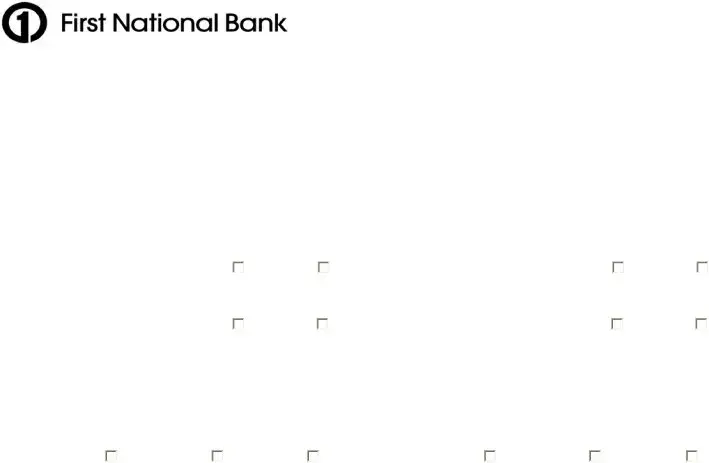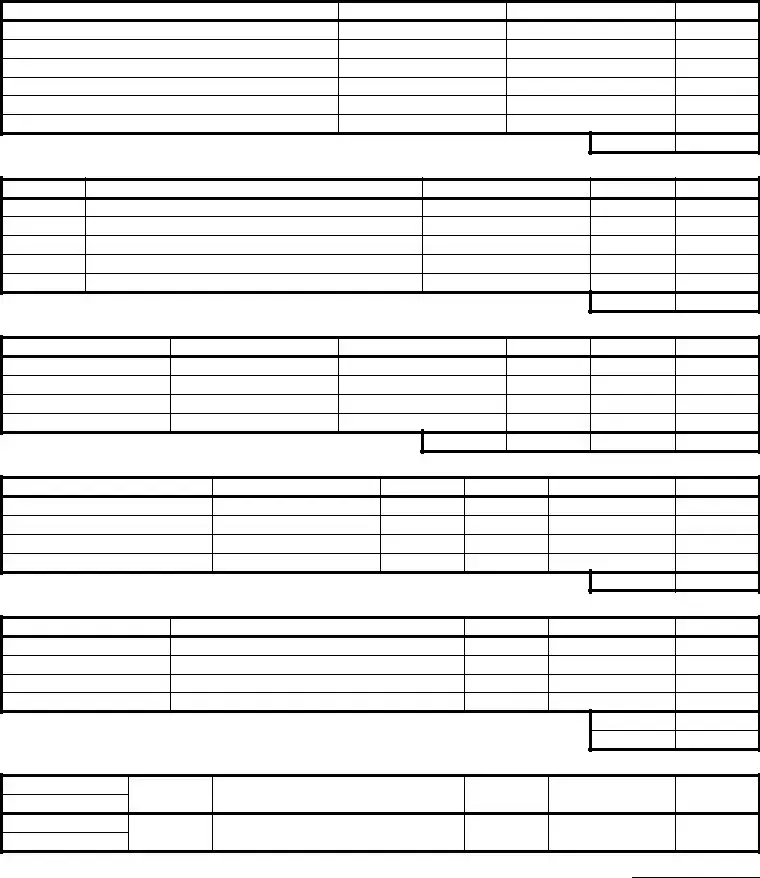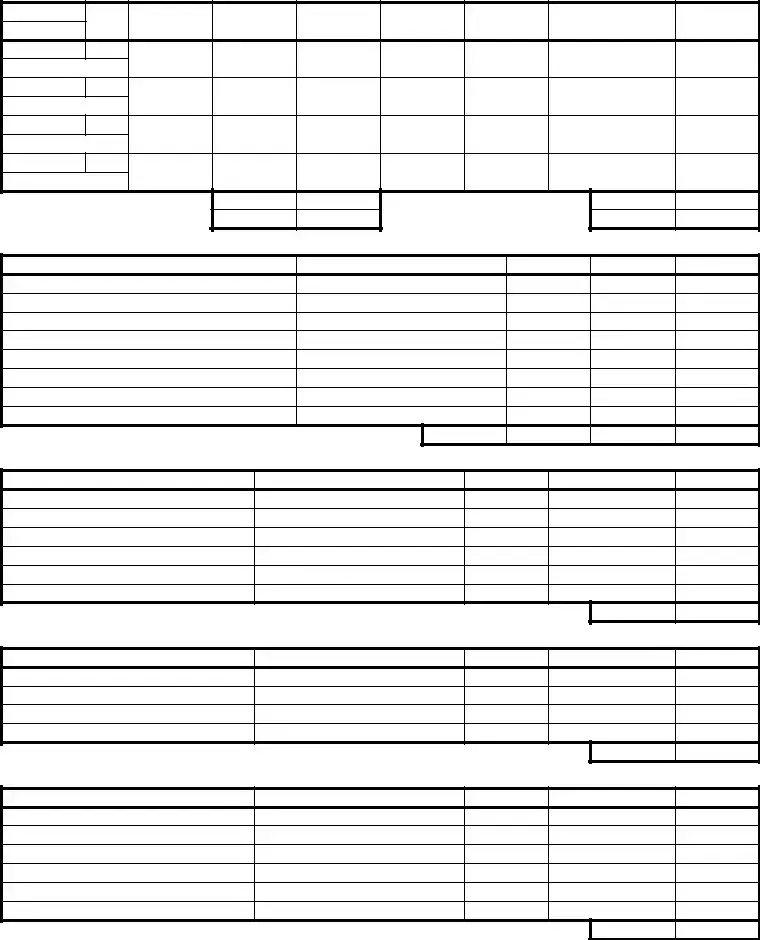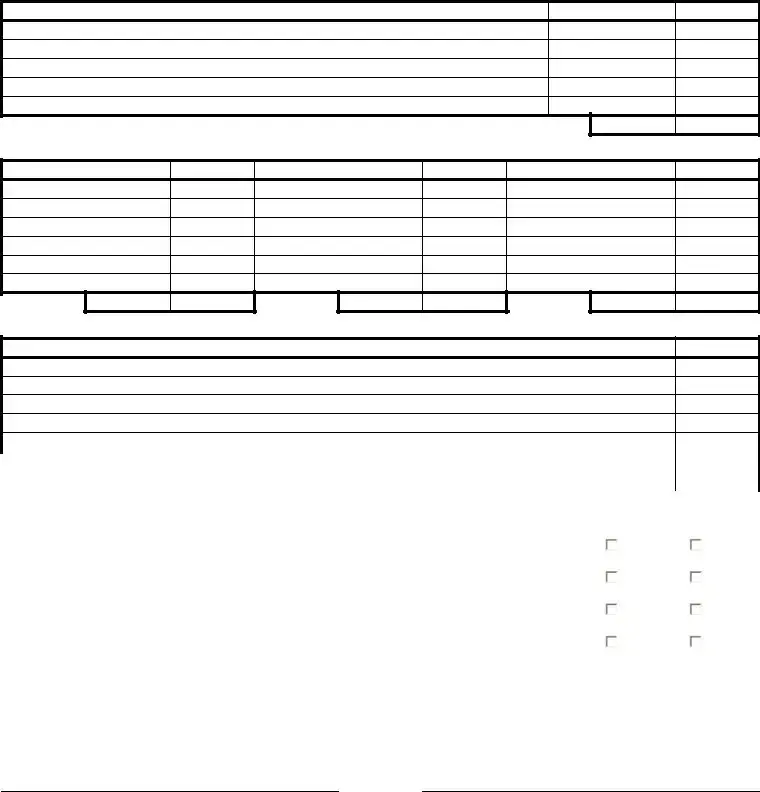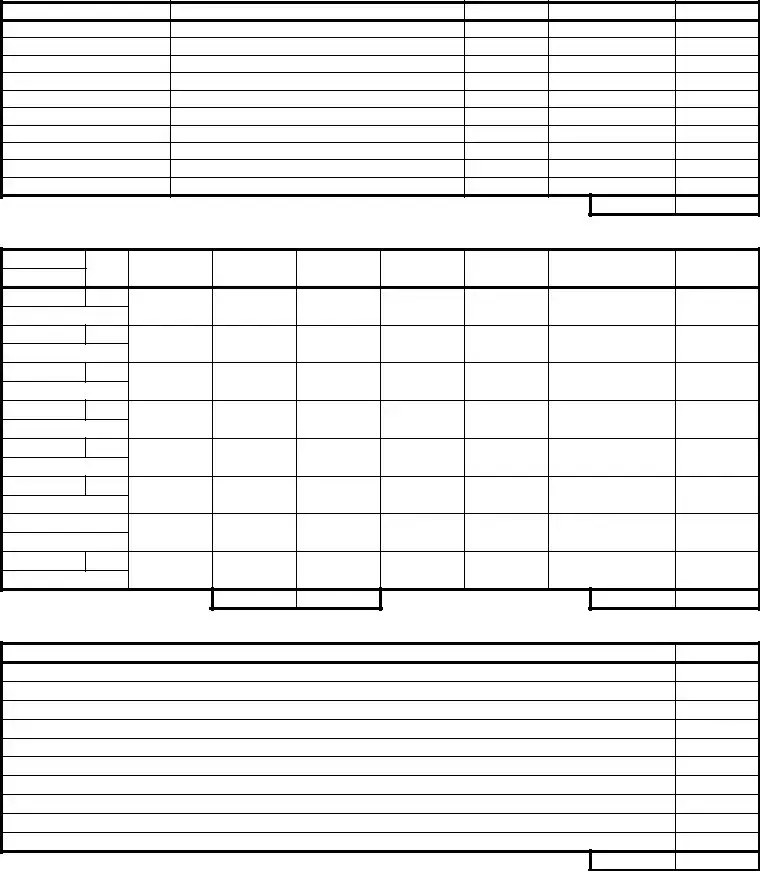The First National Bank Statement form serves as a crucial document for individuals seeking to establish or maintain credit lines with the bank. Tailored to capture a comprehensive snapshot of one's financial condition, this form requires detailed information regarding personal assets, liabilities, income, and contingent liabilities. Applicants and co-applicants are prompted to furnish data ranging from cash reserves, securities, life insurance cash values, to details on closely held business investments and real estate owned, ensuring a thorough evaluation of financial health. The form also delves into personal details such as full names, social security numbers, addresses, employment history, and marital status, albeit with discretion advised for sensitive information relating to marital status in unsecured credit applications. Moreover, it encompasses schedules for other financial obligations, including loans, credit card debts, and any other liabilities, alongside contingent liabilities which could affect one's financial standing. Explicit instructions caution against submitting the completed form via unencrypted email for security purposes, underscoring the document's confidential nature. Equally important, it underscores the necessity for applicants to promptly report any significant changes in their financial condition to the bank. The form's meticulous design facilitates the bank's ability to make informed decisions regarding credit extension, reflecting its commitment to safeguarding both the financial interests of the institution and those of its clients.

